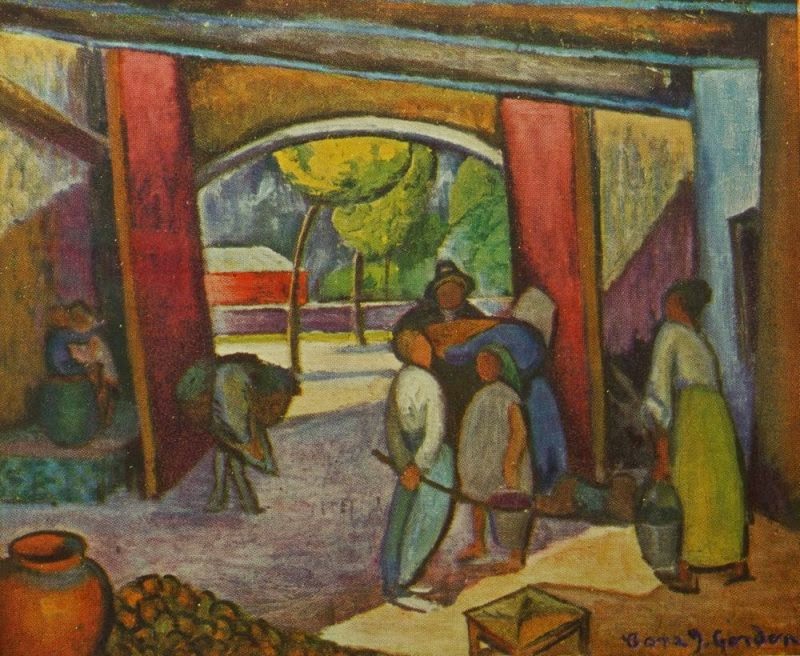Jan Gordon's Introduction to "...As Beggars, Tramp Through Spain"

"...As Beggars, Tramp Through Spain," published in 1927 has an introduction by Jan Gordon. Gordon concludes that " Mrs. Gordon and I, travelling across Spain with our donkey-cart , thought we had come into a fairly close contact with the Spanish people, but we are ready to admit that the Count and Countess Malmignati have gone far deeper than we did. Here is a new Lazarillo de Tormes and a Beggar's Opera with song and dance complete ." Gordon observes that since the war, the " newly-admitted pluck of women has been turned to exploration, and women travellers have shown themselves the equal of men in daring resourcefulness and energy, astonishing to the wild peoples amongst whom they have travelled ." He notes the attempted journey to reach the " Ruba-El-Kali " in 1914 (which was commented upon in 1926 by the explorer H. St. J. B. Philby ), the story of which was published by the countess in 1925 as "Across the Inner Desert...
















